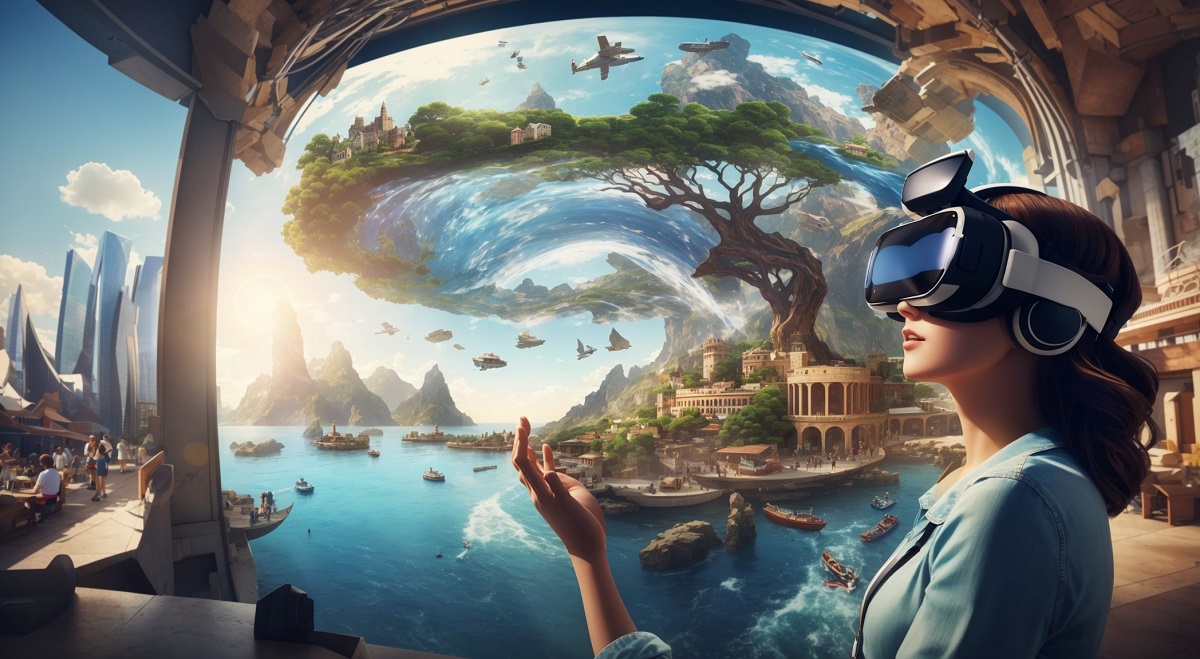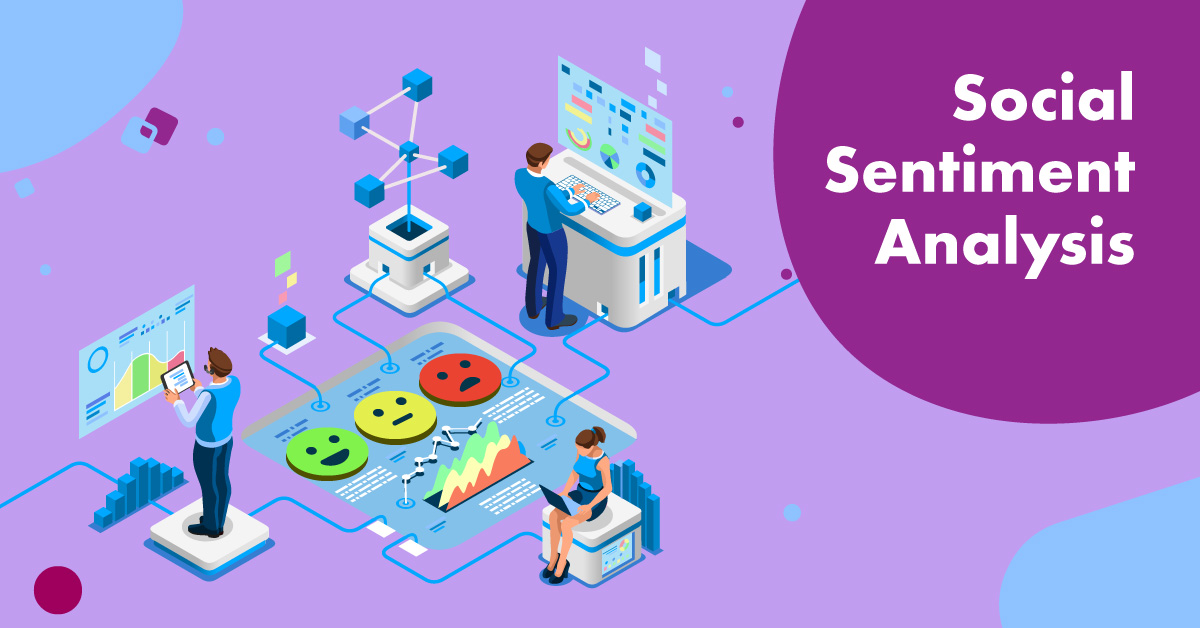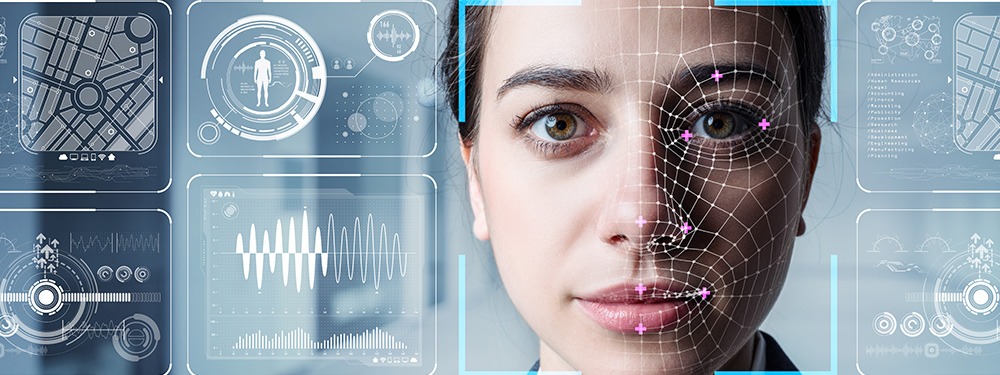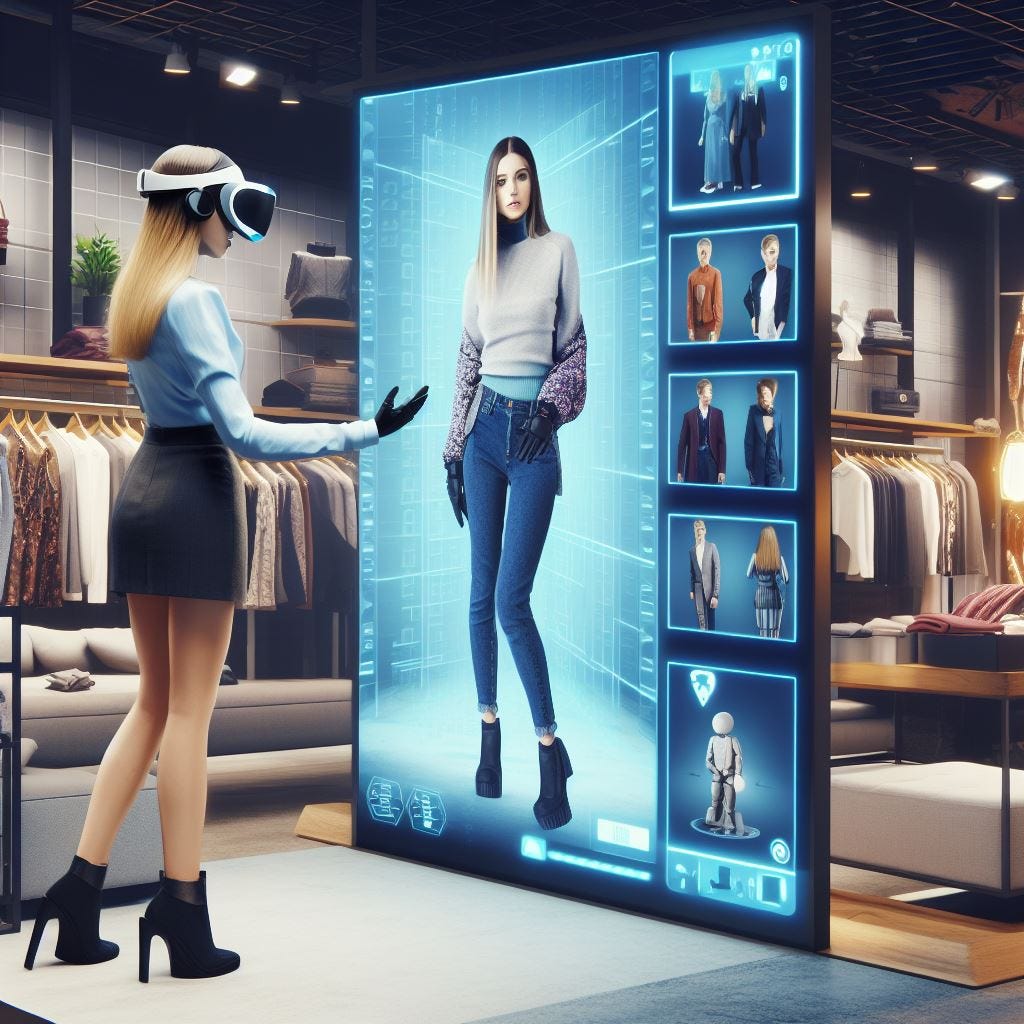The tourism market has seen a staggering decline in recent years, especially in a world that’s recovering from the after-effects of a global pandemic. For instance, it was revealed that the number of international tourists dropped by over 70% after 2020.
And now, in 2023, the industry is facing a long and winding journey to recover itself to pre-pandemic levels – in a world that’s grappling with the war in Ukraine and still clambering out of travel restrictions.
Virtual reality for tourism marketing is one of the best examples in today’s digital landscape of how technology can prevent industries from stagnating, especially for travel and tourism, which is essential for many economies and a source of income for various countries.
Businesses to private and government bodies to even the local consumers and producers – all are involved in some way or the other in the tourism industry. And so, the impact of VR in the tourism industry is more tangible today than ever before.
What is Virtual Tourism?
Virtual tourism refers to the use of virtual reality solutions, such as headsets and scripted programs, among others, to enable traveling and tourism experiences.
It’s like having a window to the real deal for many travelers as it serves up iconic landmarks and vibrant cultures of popular destinations. Born from the pixels and lenses in front of your eyes, you can quickly redefine the way you travel or even plan to do so in the future.
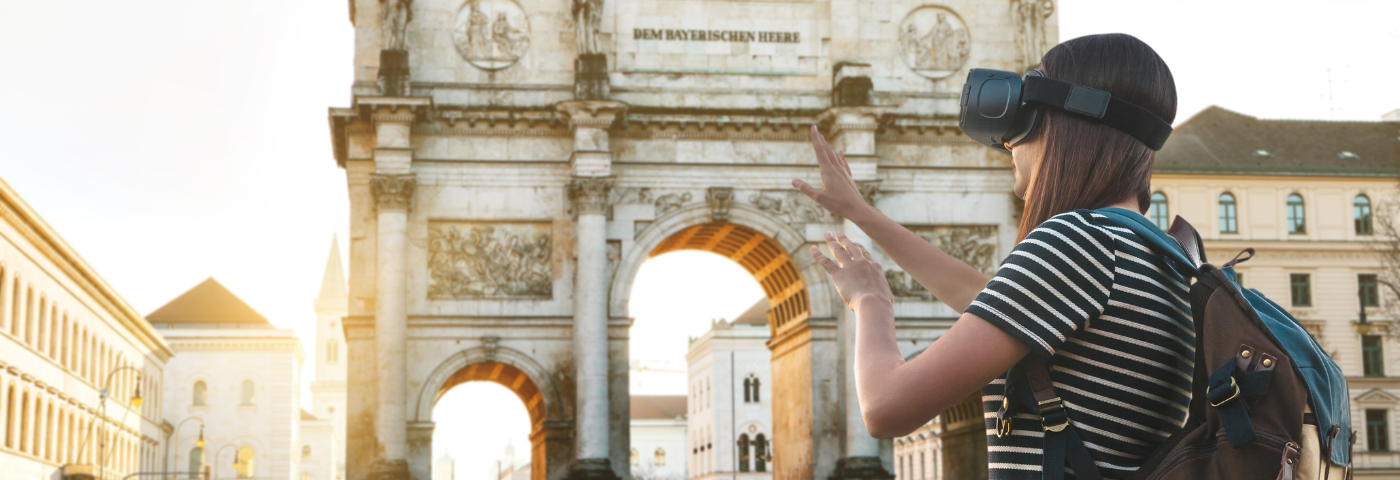
For many seasoned travelers and even young amateurs, virtual reality for tourism marketing has helped people go beyond maps and brochures when looking for travel destinations. It has helped by giving them a glimpse or a taste of what a place on their list has to offer.
And though it’s too soon to begin answering the question: ‘Will virtual reality replace travel?’ What we do know is that VR has evolved to offer the thrill of exploration and various insights to people – guided by the magic of immersive technologies.
Benefits of VR in the Tourism Industry
The travel and tourism industry is a resilient one. Having suffered setbacks, it is now bouncing back with renewed vigor and with the world restoring itself to somewhat of its former semblance.
In such a phase, it is doubly vital to highlight the impact of virtual reality on tourism marketing and on the travel industry.
More companies and consumers including potential travelers are turning to virtual solutions. According to a study by the World Tourism Organization, VR is poised to increase the revenue seen by tourism by $1.5 trillion by 2030.
Here are some examples of how VR is being used for tourism and the benefits it brings to the industry:
✔️ Virtual Tours
Travelling through virtual programs and using immersive experiences is a much smoother and vibrant experience today owing to the advancements in VR technology. Virtual reality for tourism marketing has ensured that people can experiment and watch virtual tours, either as first-person clips or as live experiences.

According to Sabre, more than 60% of travelers are more willing to book a trip and travel if they are able to experience it virtually.
This use case benefits tourism businesses and players by letting tourists visit virtual recreations of popular destinations as a sampler – without having to directly explore those spots physically.
✔️ Guided Sessions
More than just enabling people to watch locations and the local habitat virtually, virtual reality for tourism marketing enables companies and businesses to offer guided sessions.
his is important for travellers, especially for newcomers who might want a more guided experience after having arrived or before planning a trip.
For instance, the tourism board of Singapore offers travelers a VR experience that lets them see the city’s iconic places to visit. This virtual experience guides them through landmarks such as the Marina Bay Sands hotel or the Gardens by the Bay and other essential locations they might want to check out on their own.
✔️ Accessibility
Similar to the concept of AR restaurants which helps people in easily view the menu and food items, VR helps in addressing accessibility issues in tourism. It’s a boon for people who cannot travel freely while at a destination, owing to various reasons, or can’t make the trip at all.
For example, the tourism board of Iceland offers a VR experience for people who would like to go whale watching in the Arctic but can’t make it physically. They can experience it through the virtual program instead.
Plus, virtual tourism for marketing can bring immersive experiences in traveling for people who cannot travel due to mobility impairments or medical reasons.
In addition to these benefits offered by VR in the tourism industry, another fact that makes virtual reality so remarkable is the reduced impact of tourism on the environment.
This is an understated benefit, but a benefit nonetheless, as many environments and ecologies of travel destinations are fragile and may not support unfettered access to tourists. And companies or governments can actually adopt virtual reality for tourism marketing to address such challenges.
For more information contact : support@mindnotix.com
Mindnotix Software Development Company


 AI-Taxi App
AI-Taxi App AI-Food App
AI-Food App AI-Property Mgmt App
AI-Property Mgmt App AI-CRM
AI-CRM AI-Fantasy App
AI-Fantasy App
 Web Development
Web Development App Development
App Development Business & Startup
Business & Startup Hire Developer
Hire Developer
 Digital Marketing
Digital Marketing Lead-generation
Lead-generation Creative Agency
Creative Agency Branding Agency
Branding Agency Augmented Reality
Augmented Reality Virtual Reality
Virtual Reality Internet of Things
Internet of Things Artificial Intelligence
Artificial Intelligence Blockchain
Blockchain Chatbot
Chatbot